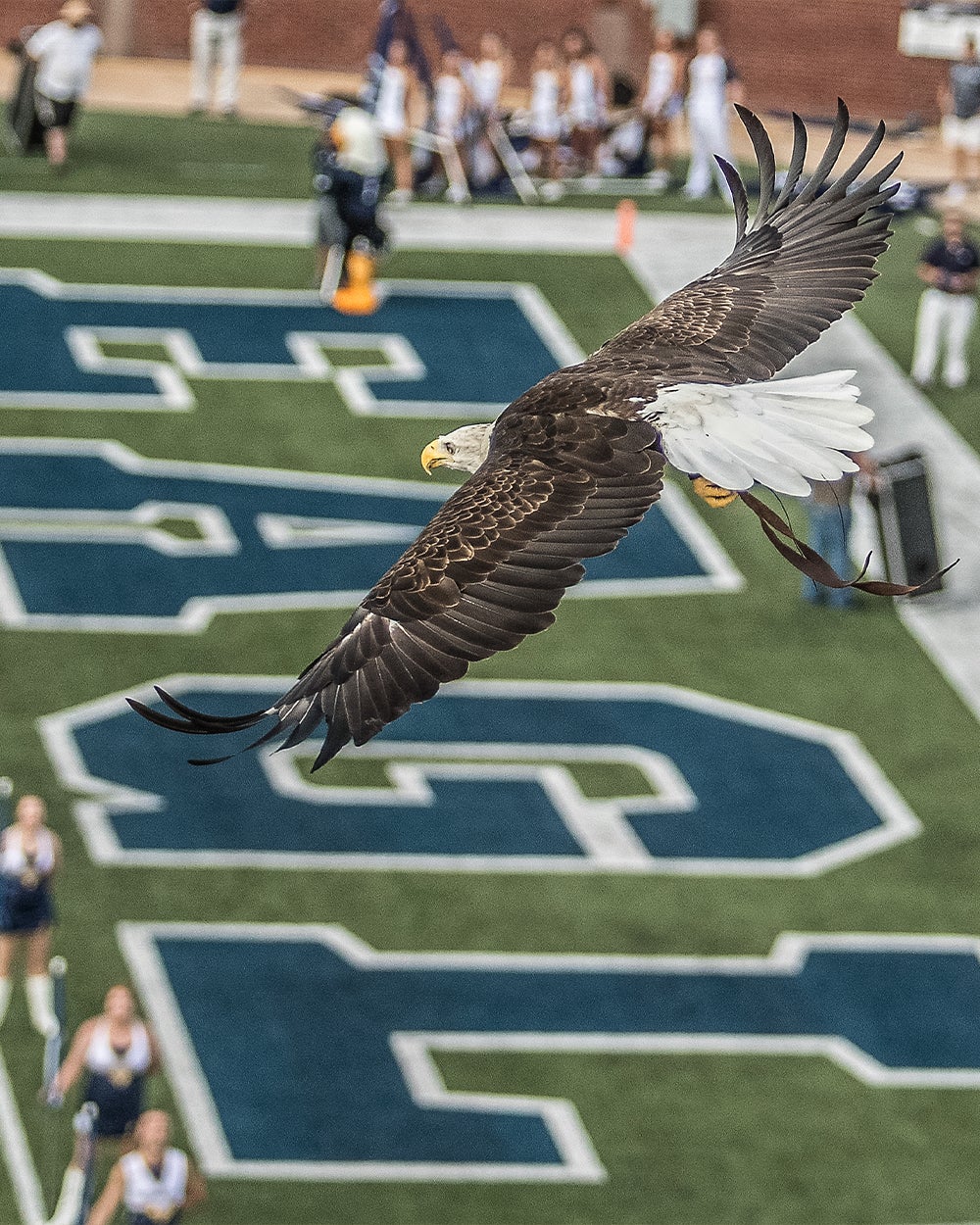Dr. Jorge Villa-Vargas
Lecturer of Physics and Astronomy

Office: Math-Physics, Room 2043
Phone: (912) 478-0051
E-mail: jvillavargas@GeorgiaSouthern.edu
Education
B.S. Physics, Universidad Nacional Autónoma de México,
M.S. Astronomy, Universidad Nacional Autónoma de México
Ph.D. Physics/Astronomy, Université de Provence, France
Courses
- PHYS 1112 – Introduction to Physics II
- PHYS 2211 – Principles of Physics I
- PHYS 2212 – Principles of Physics II
- ASTR 1000 – Introduction to the Universe
- ASTR 1010 – Astronomy of the Solar System
- ASTR 1020 – Stellar and Galactic Astronomy
- ASTR 1211 – Astronomy Lab
Research Interests
- Galactic Astronomy
- Galactic dynamics
- Formation and evolution of structure in galaxies
- Galactic interactions
- Numerical simulations
- Physics Education
- Engaging large-classes
- Effectiveness of web-based homework
- Metacognition
Interactions of galaxies can transform the morphology of galaxies and result in the formation of prominent spiral arms, expanding rings and bridges connecting the interacting objects. During my Ph.D. program at the Observatory of Marseilles, France, I used N-body simulations to study the formation of rings by nearly central impact of a compact intruder galaxy on a larger disk galaxy. I carried a case study of the physical conditions that could have resulted in the formation of the structures observed in the Cartwheel galaxy. My model reproduce the morphology and kinematics of the Cartwheel disk and the observed position and line of sight velocity of the intruder galaxy.
As a post doctoral assistant at the University of Kentucky I have run hybrid N-body and smooth particle hydrodynamics numerical simulations to study the growth of galactic bars in isolated disk galaxies and how it is influenced by the presence of the dark matter halo and the gaseous disk. The dark matter halo that embeds galactic disks can damp the initial growth of the bar by diluting the disk’s self-gravity. The role of the halo can reverse in later stages, and contribute to the growth of the bar by absorbing angular momentum from the disk. The gas component of the disk can play an important role despite its relative small mass. Dissipation of energy by the gas results in gas spiraling into the central region of the disk, growing a high density component. This component can deflect orbits out of the bar, diminishing its strength and size.
I am currently investigating the case study of other galaxies with peculiar structures, and working with understanding the conditions that favor the formation of structures observed in interacting pairs.
The interaction with my physics and astronomy classes has stimulated a strong interest in science education research. I am currently investigating the effectiveness of web-based assignments and working in the implementation of strategies that engage large classes and promote metacognition.
Publications
J. Villa-Vargas, I. Shlosman, C. Heller, “Dark Matter Halos and Evolution of Bars in Disk Galaxies: Varying Gas Fraction and Gas Spatial Resolution”, 2010, ApJ, 719, 1470
J. Villa-Vargas, I. Shlosman, C. Heller, “Dark Matter Halos and Evolution of Bars in Disk Galaxies: collisionless Models Revisited”, 2009, ApJ, 707, 218
Last updated: 8/12/2024
